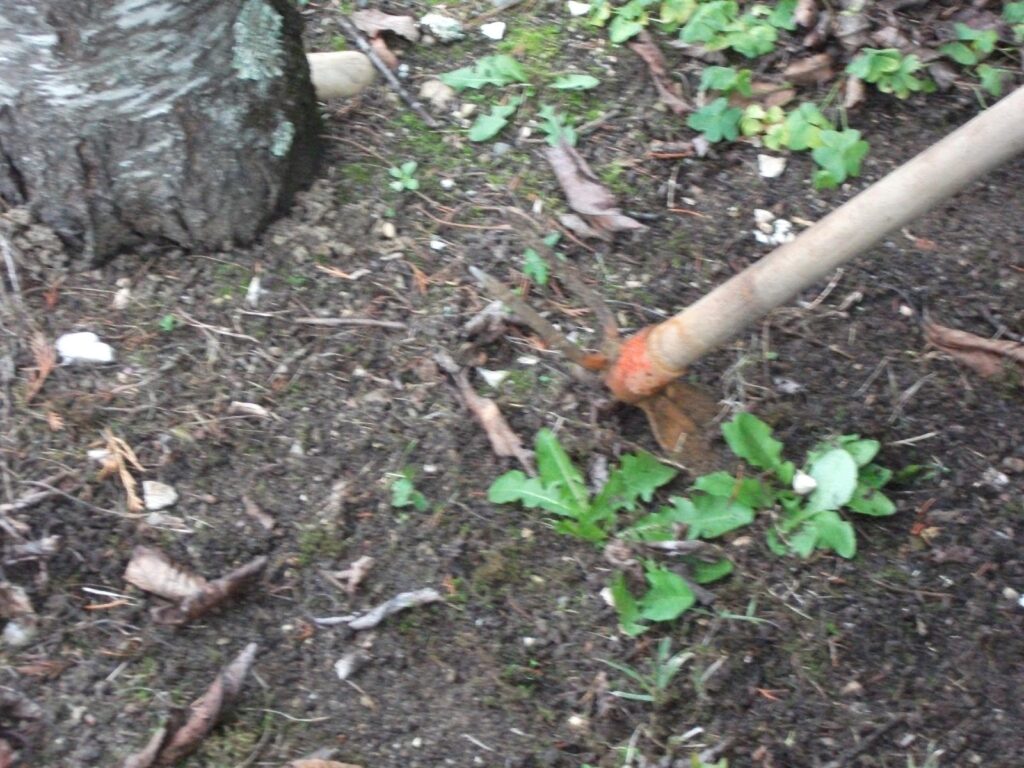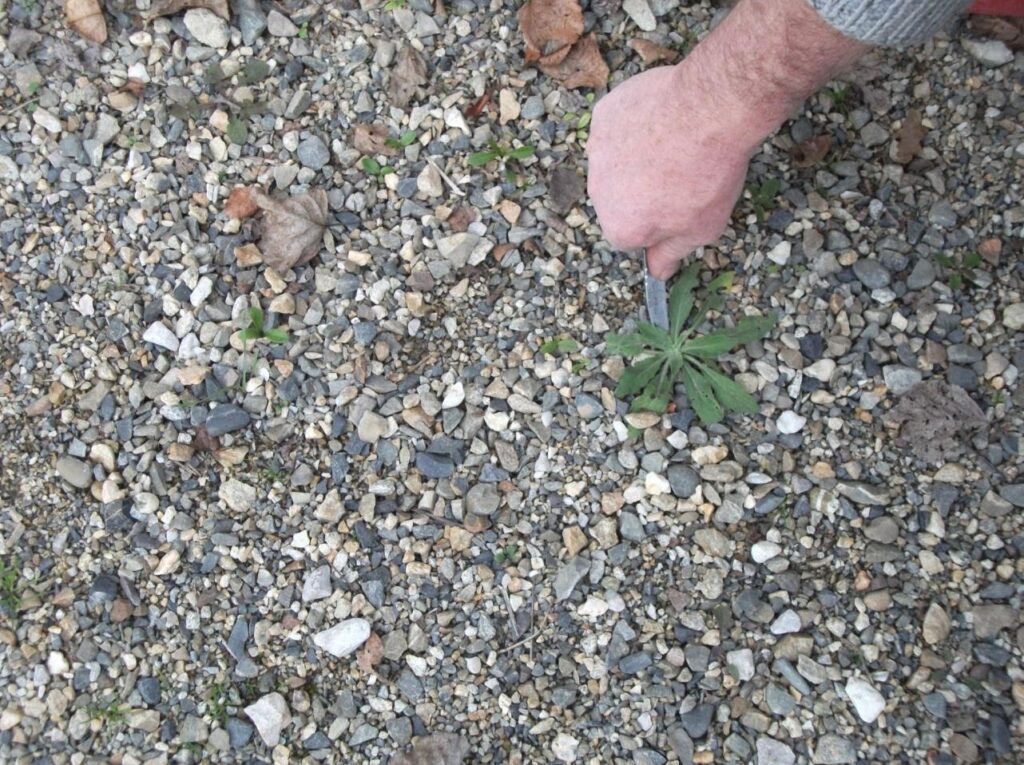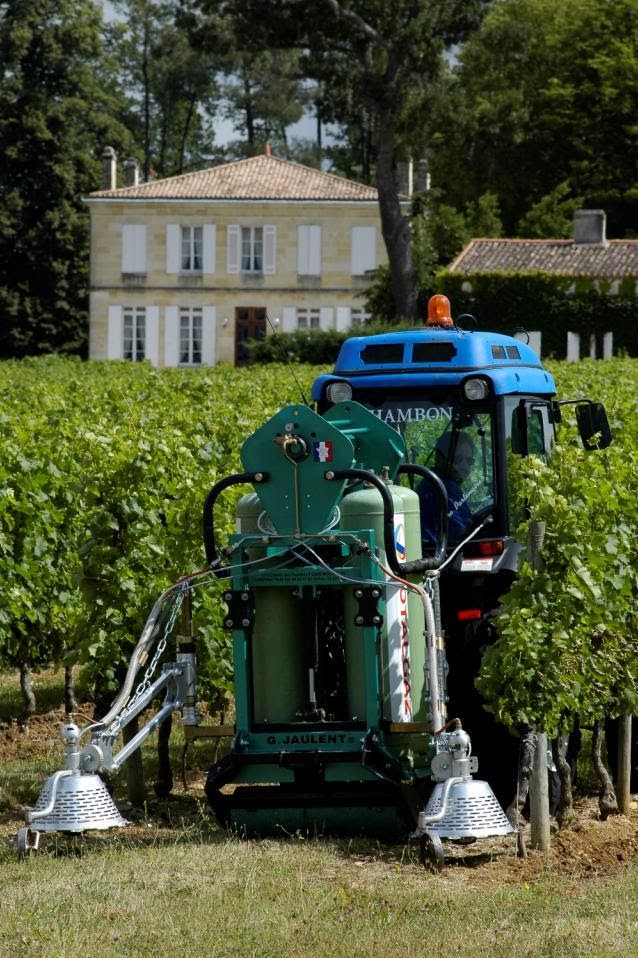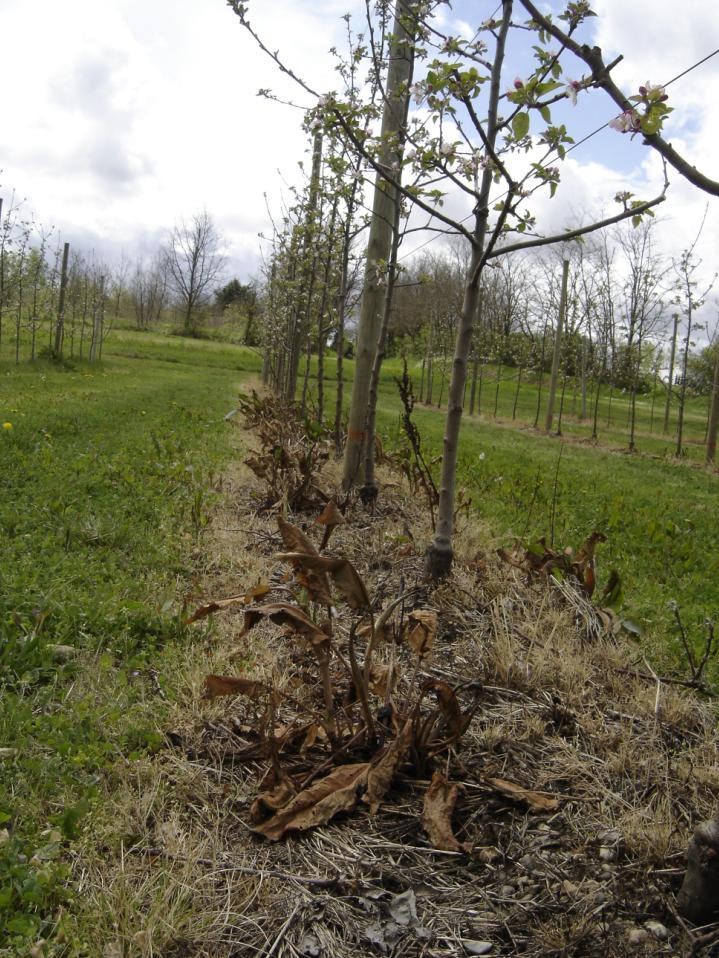Design and manufacture of agricultural and industrial equipment
History of weeding






Initially, depending on the cultivation methods, weeding was carried out manually in order to limit competition from weeds, then mechanically with farming tools.
From the 1960s onwards, chemical weed control made its appearance and very quickly imposed itself with the development of modern agriculture.
It reached its peak in the 1990s with the effects that we know about, notably the degradation of the quality of groundwater and springs. Thus, it is increasingly contested as one of the elements that destroy the quality of water. European standards and the Grenelle de l’environnement encourage and recommend environmentally friendly weed control systems.
Since 1997, numerous observations of our clients’ crops and various readings and sources of information have made us aware of the ecological and health issues related to farming methods. On the other hand, the reflections of our interlocutors and farmers, who are worried about their reputation and their image as “polluters”, have made us aware of these issues and have pushed us to look for solutions in this field.
For all these reasons, Mr. Jaulent invested in the search for new solutions: to accentuate the development of a range of thermal weed killers, for the private individual concerned with the environment, for communities close to the concerns of their citizens and of course for use in agriculture.

Treatment with BIOMEGA agricultural
Weeds competing with crops :
Weeds, technically called weeds, are classified into two groups:
- Dicotyledons :
Plant with overlapping leaves and venation (e.g. ragwort, dandelion, nettle, bindweed)
- Monocotyledons :
Plant identified by long leaves with parallel venation originating at the base, they are called grasses (e.g. couch grass, bluegrass, rye grass)
The effectiveness of thermal weeding is linked to the stage of the weeds, the optimum being at 2 cm in height
The earlier the treatment, the more effective it is
It should be noted that the heat treatment is very effective in descending sap.

Treatment with BIOMEGA agricultural
